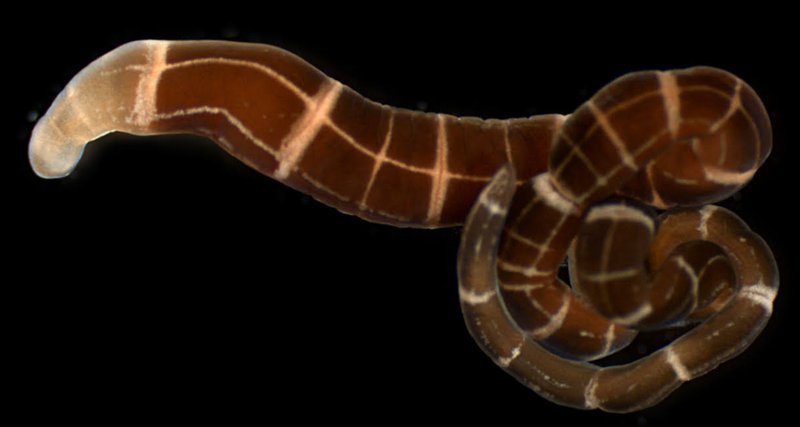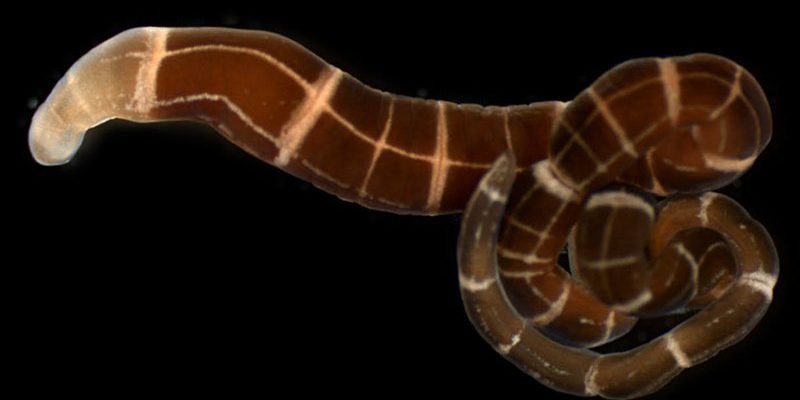
So, how do ribbon worms pull off this impressive feat? Their secret lies in a fascinating blend of biology and evolution. Like a well-timed symphony, their body parts can regenerate in a beautifully coordinated way, allowing them to survive and thrive in their environments. Let’s dive into the captivating world of ribbon worms to understand how they regenerate lost body parts.
What Are Ribbon Worms?
To appreciate how ribbon worms regenerate, first, we need to know what they are. Ribbon worms, also known as **nemerteans**, are a group of invertebrates that can be found in marine and freshwater environments. They have long, slender bodies that can vary in color from soft pink to deep orange, giving them a striking appearance. Think of them as spaghetti noodles living under the sea!
These worms can be quite elusive, often hiding in the mud or beneath rocks. They are predators, using a sticky, proboscis-like tongue to catch their prey, such as small fish or crustaceans. However, their most remarkable trait is their ability to regenerate—something that sets them apart from many other creatures in the animal kingdom.
The Science Behind Regeneration
So, how exactly do ribbon worms regenerate? It all starts with the **stem cells** present in their bodies. These remarkable cells possess the unique ability to develop into various types of cells, meaning they can turn into skin, muscle, or even nervous tissue. When a ribbon worm loses a part of its body—say, due to a predator attack—the stem cells activate in the affected area.
Here’s how it works: when the body suffers a loss, a “wound site” forms. This area fills with the stem cells that begin dividing and migrating, much like how we see a wound close over time. Within a few weeks, these cells transform into the necessary tissues to form a new body part. It’s almost like watching a tiny construction crew at work!
Stages of Regeneration
Ribbon worm regeneration happens in a few key stages. Each stage plays a vital role in rebuilding the lost part.
- Wound Healing: Initially, the wound site closes up, forming a protective layer. This is crucial as it prevents infection and prepares the area for regeneration.
- Cell Proliferation: Stem cells proliferate, meaning they multiply rapidly. These cells start creating the new tissues and structures needed for regeneration.
- Tissue Differentiation: Over time, these stem cells mature into specialized cells, forming muscle, nerve, and skin tissues.
- Completion: Finally, the new part forms and becomes functional. The process is remarkable and can happen in a matter of weeks!
These stages showcase the incredible efficiency of ribbon worms’ biological systems. It’s almost like a nature class in action!
Why Does Regeneration Matter?
You might be wondering why this ability is so important. Regeneration is a survival mechanism that allows ribbon worms to cope with predation and environmental challenges. Losing a part of their body can be life-threatening, but with the ability to regenerate, they can recover, allowing them to thrive in their ecosystems.
Moreover, understanding how ribbon worms regenerate can have broader implications. Scientists study these processes for potential applications in human medicine. If we can unravel the secrets of regeneration in these worms, who knows? It might one day lead to breakthroughs in regenerative medicine for humans, helping injured individuals heal faster or recover lost limbs.
Comparing Regeneration in Ribbon Worms to Other Species
Regeneration isn’t unique to ribbon worms; many other creatures can regrow body parts. However, the processes can differ significantly.
- Lizards: Like ribbon worms, lizards can regrow tails. However, their tail regrowth is not as complex, typically resulting in a simpler, cartilaginous structure instead of a fully developed tail.
- Starfish: These sea creatures can regenerate arms, and sometimes even a whole new body from a single arm. But their regeneration process relies on existing tissues rather than stem cells.
- Axolotls: Known for their remarkable regenerative abilities, axolotls can regrow limbs, spinal cords, and even parts of their hearts. Their regeneration process is similar to that of ribbon worms but is highly specialized.
Each of these species has honed its own method of regeneration, showcasing how evolution tailors survival strategies for different organisms.
Ribbon worms might not be the first creatures that come to mind when we think of regeneration, but their incredible abilities offer valuable insights into nature’s innovations. With their remarkable stem cells, they can heal and regrow, making them a fascinating subject for research.
As we continue to explore the wonders of the natural world, understanding ribbon worms and their regenerative capabilities could open doors to great advancements in medicine. Honestly, it’s a small reminder that nature has its own tricks up its sleeve—one that might just help us humans heal a little better in the future!

